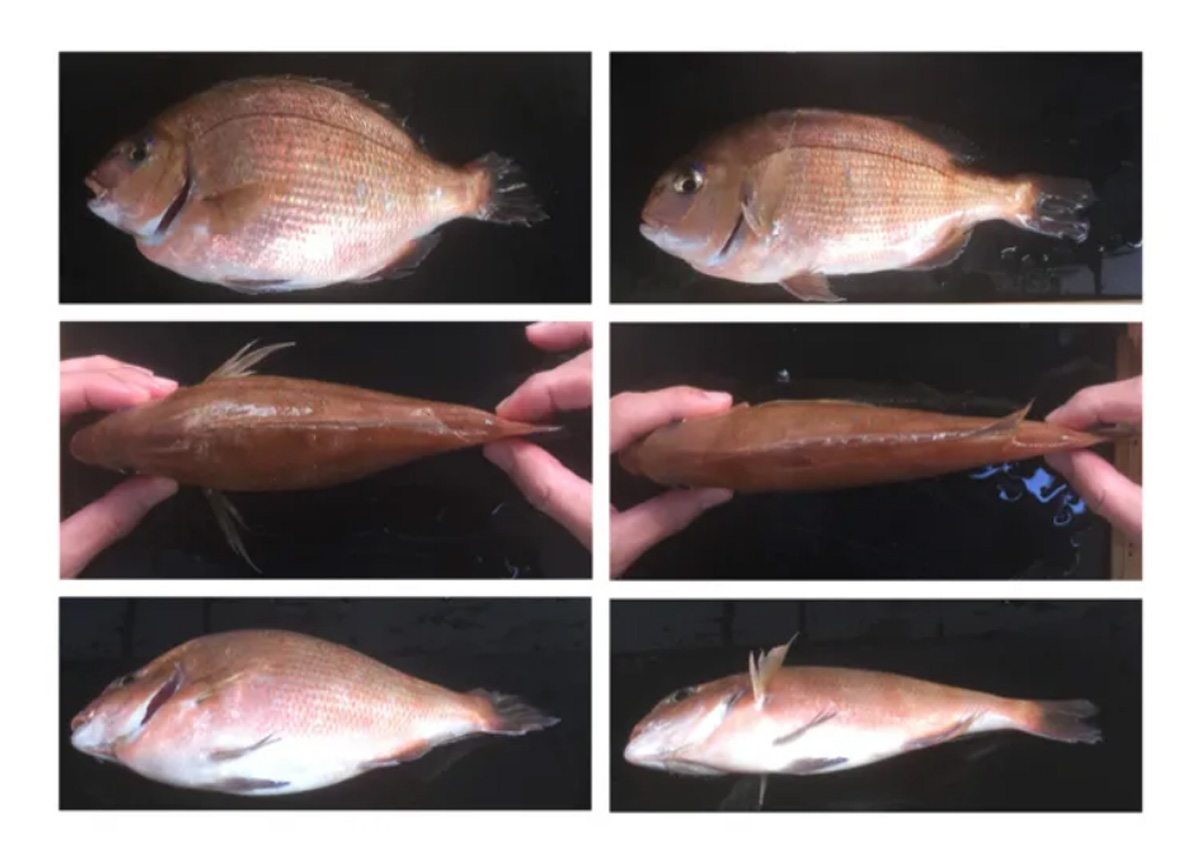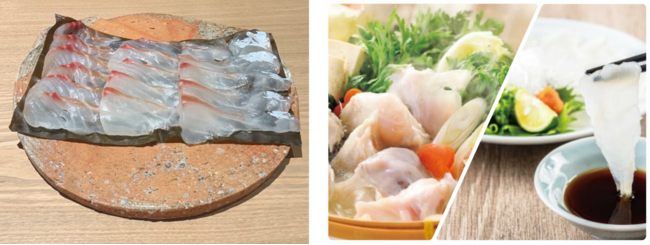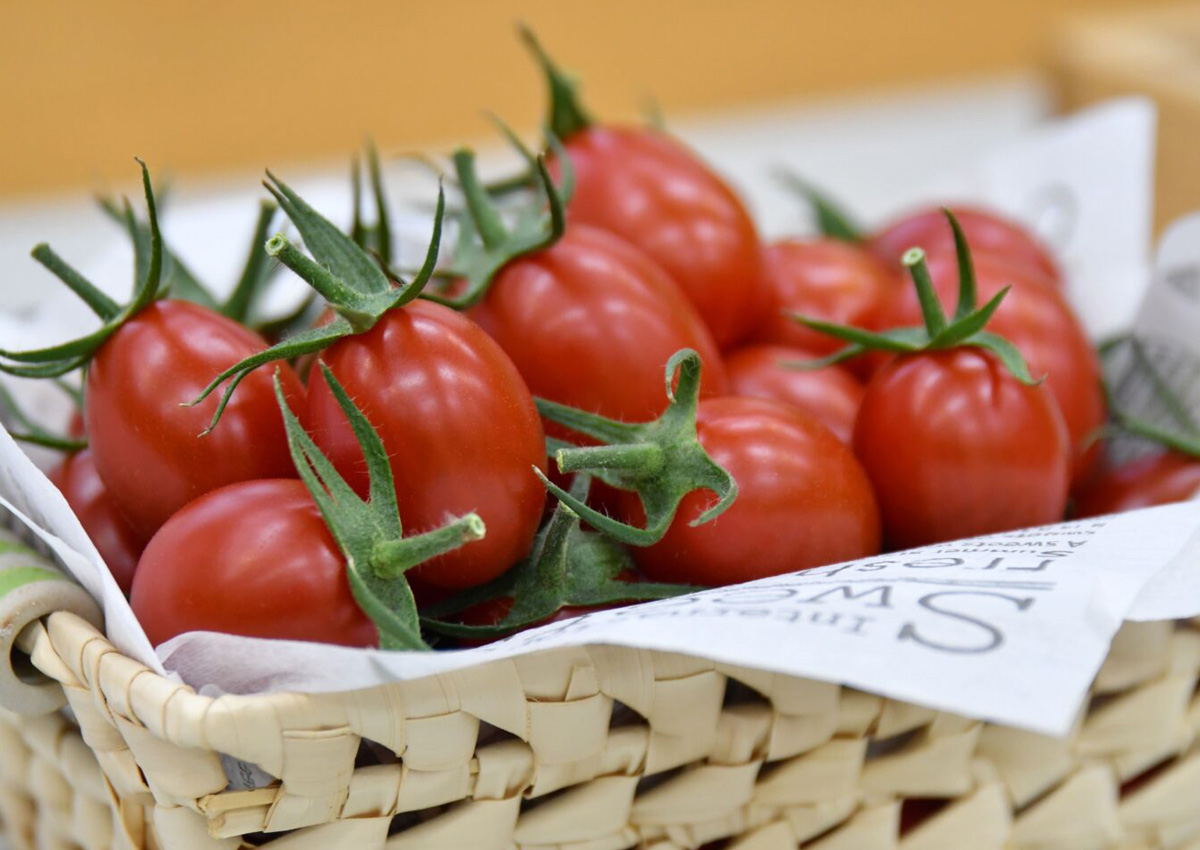Japan's Three Genome-Edited Food Products Reach Consumers
| |
Japan is one of the world’s biggest consumers of aquatic food products. The Japanese people love eating fish, and a study conducted by the American College of Cardiology reveals that on average, Japanese people eat about 3 ounces of fish daily. Japan’s local cuisine is rich in fish and seafood which are the main protein source of the Japanese people’s low-fat and high-nutrient diet.
In recent years, Japan’s aquaculture industry faced several challenges including overcrowded farming, red tides, and diseases with significant damages. Declining prices due to overproduction and imports also affected Japan’s fish consumption, prompting fishermen and the government to create new seafood products using advanced scientific tools such as CRISPR gene editing technology.
Japan Approves Genome-Edited Fishes and Tomato for Commercial Sale
In October and November 2021, two genome-edited fishes were approved for commercial sale in Japan. Aiming to revitalize Japanese aquaculture, Kyoto-based start-up Regional Fish Co., Ltd. started selling genome-edited “Madai” red sea bream and “22-seiki fugu” tiger puffer. Both fishes were genome-edited to grow bigger than their conventional counterparts. Earlier in September, a genome-edited tomato with increased GABA content was also approved for commercial sale.
“Madai” Red Sea Bream
Red sea bream is a prized fish in Japan. It is the 'king of fish' in Japan because of its elegant appearance, color, and superior taste. According to the Food and Agriculture Organization of the United Nations (FAO), the production value of red sea bream accounts for 10 percent of the total value of aquaculture in Japan. Red sea bream is produced using cage culture and is commonly cultivated around Kyushu Island and in the Seto Inland Sea.

The gene-edited red sea bream (left) compared to unedited versions (right) Photo Source: Dr. Masato Kinoshita, Kyoto University and Dr. Keitaro Kato, Kindai University
Regional Fish Co., Ltd., together with the Kyoto University and Kinki University, the Ministry of Health, Labor and Welfare and the Ministry ofAgriculture, Forestry and Fisheries, developed the genome-edited "Madai" red sea bream. The genome-edited fish was developed using CRISPR gene editing technology to knock out a protein (myostatin) that suppresses muscle growth. The red sea bream lacking the myostatin gene has an edible part 1.2-1.6 times than the conventional fish, with an improved feed utilization efficiency by about 14%. Scientific experts confirmed the safety of the fish which is the world's first genome-edited animal food to be launched through national procedures.
In October 2021, Regional Fish start accepting reservations for 190 meals of "Eatable Red Sea Bream" after providing information on genome editing technology and production methods in a crowdfunding campaign called "CAMPFIRE."
“22-seiki fugu” Tiger Puffer
Puffers of the genus Fugu, more popularly known as globefish or blowfish, are considered a luxury food in Japan despite some species being extremely toxic. Regional Fish Co., Ltd., together with the Kyoto University and Kindai University developed a genome-edited tiger pufferfish using CRISPR gene editing technology.

Regional Fish launched an e-commerce site to facilitate sales of the genome-edited red sea bream and pufferfish. Photo Source: Regional Fish, Inc.
The popular pufferfish known as “torafugu” was edited to increase the speed of growth. Out of the torafugu’s 400 million genes, the scientists removed four leptin receptor genes that control appetite, boosting their appetite and weight gain. The genome-edited pufferfish grows faster and are 1.9 times heavier than the conventional puffers in the same farming period. This will allow production and shipping in shorter periods than conventional tiger puffers which require more than two years to grow.
After the trial sales in late November, the torafugu, named “22-seiki fugu” received favorable comments. One person who tasted it said the fish had a“nice texture.” After selling 290 packages of the genome-edited torafugu in the trial, Regional Fish has put as many as 2,000 packages per month up for online sales.
Genome-edited Tomato to Lower Blood Pressure and Aid Relaxation
Earlier in September last year, Sanatech Seed, a Japanese company founded with the goal of using the latest innovative technology to improve crops and protect tomorrow's children and tomorrow's planet, announced the commercial sales of Sicilian Rouge High GABA, their genome-edited tomatoes with increased gamma-aminobutyric acid (GABA).

Photo Source: Sanatech Seed Co.
The Sicilian Rouge High GABA tomato was developed using CRISPR-Cas9 gene editing technology. The genome-edited tomato contains high levels of GABA, an amino acid believed to aid relaxation and help lower blood pressure. According to Shimpei Takeshita, President of Sanatech Seed and Chief Innovation Officer of Pioneer EcoScience, the exclusive distributor of the tomato, it contains four to five times more GABA than a regular tomato. Sanatech Seed received a parental line of the Sicilian Rouge variety from Pioneer EcoScience, and developed the F1 variety "Sicilian Rouge High GABA" with enhanced GABA content through gene editing.
Developed in collaboration with the University of Tsukuba, the genome-edited high-GABA tomato was launched in seedling gardening kits in May 2021 and was received positively by home gardeners. The overwhelming response and strong interest from this group prompted commercial sales in September. A puree product made of the same tomato will also be available at a later date.
New Products to Set Acceptance of Future Genome-Edited Foodstuffs
While gene editing is a fully-debated issue in some countries, Japan has fully embraced the technology with three new food products being sold in the Japanese market. These approvals will also pave the way for the acceptance of future products that Japanese scientists are currently working on, including gene-edited potatoes, rice, and chicken.
Related Articles:
- Japan's CRISPR Fish Enters Market
- Japan Begins Sale of Genome-Edited "Madai" Red Sea Bream
- Japan Starts Sale of Genome-Edited High-GABA Tomato
| Newer Post | Archive | Older Post |
Science Speaks is ISAAA Inc.'s official blog. Weekly blog articles, authored by ISAAA writers, partners, and invited contributors, aim to help share, disseminate, and promote scientific knowledge and its vital role in achieving global agricultural sustainability and development. Your support to Science Speaks will help us achieve this goal. You can help us by donating as little as $10.

